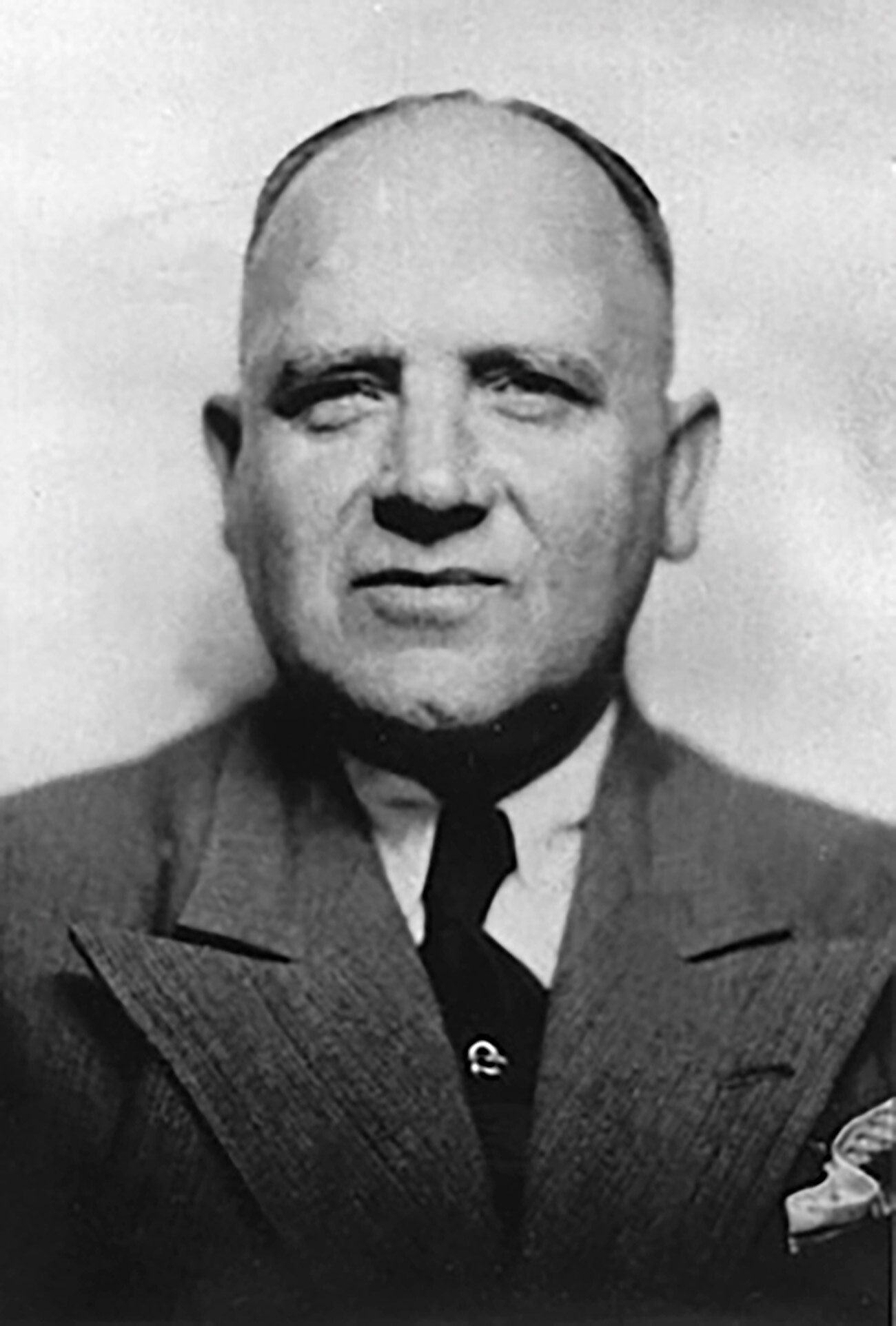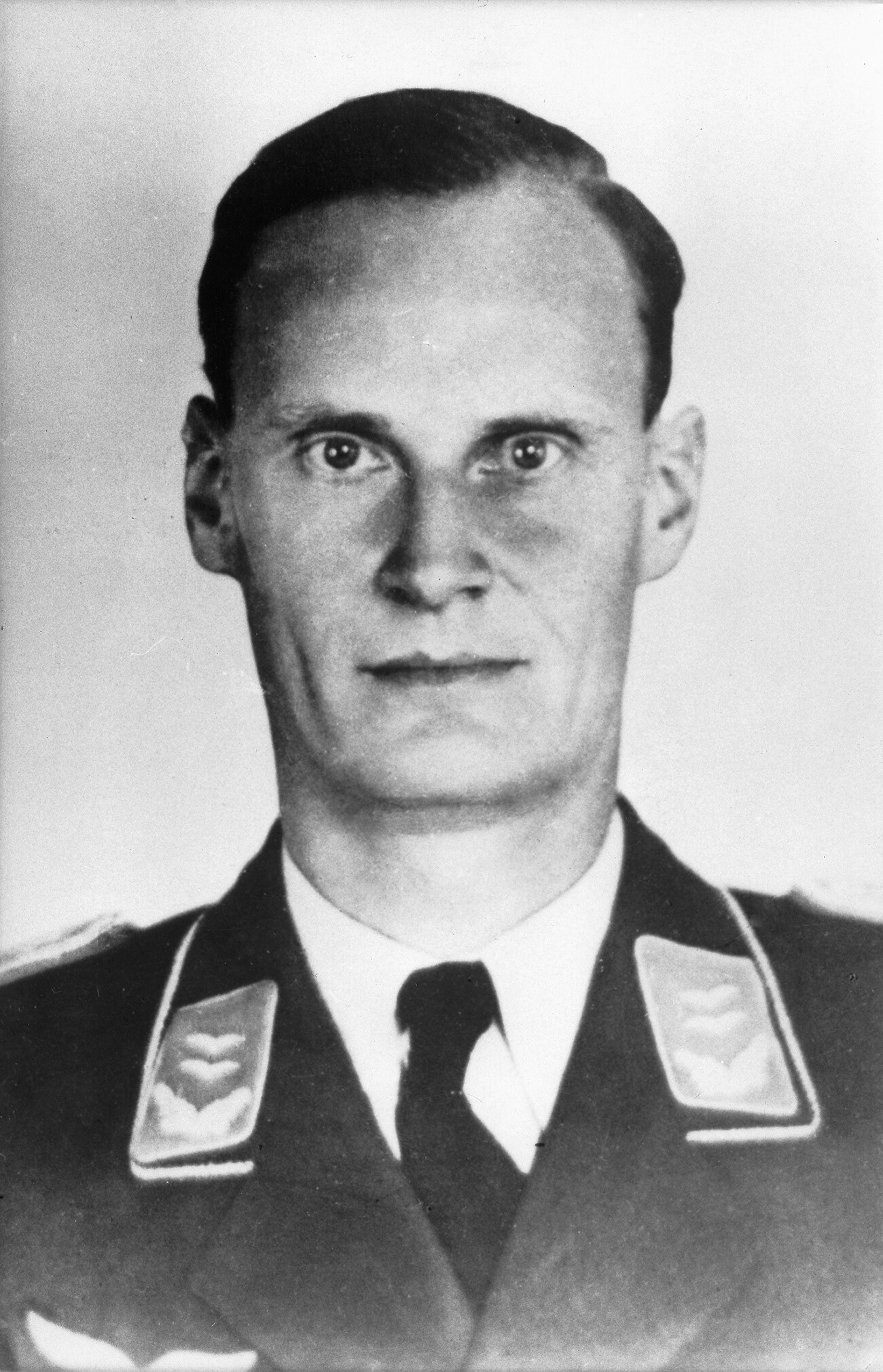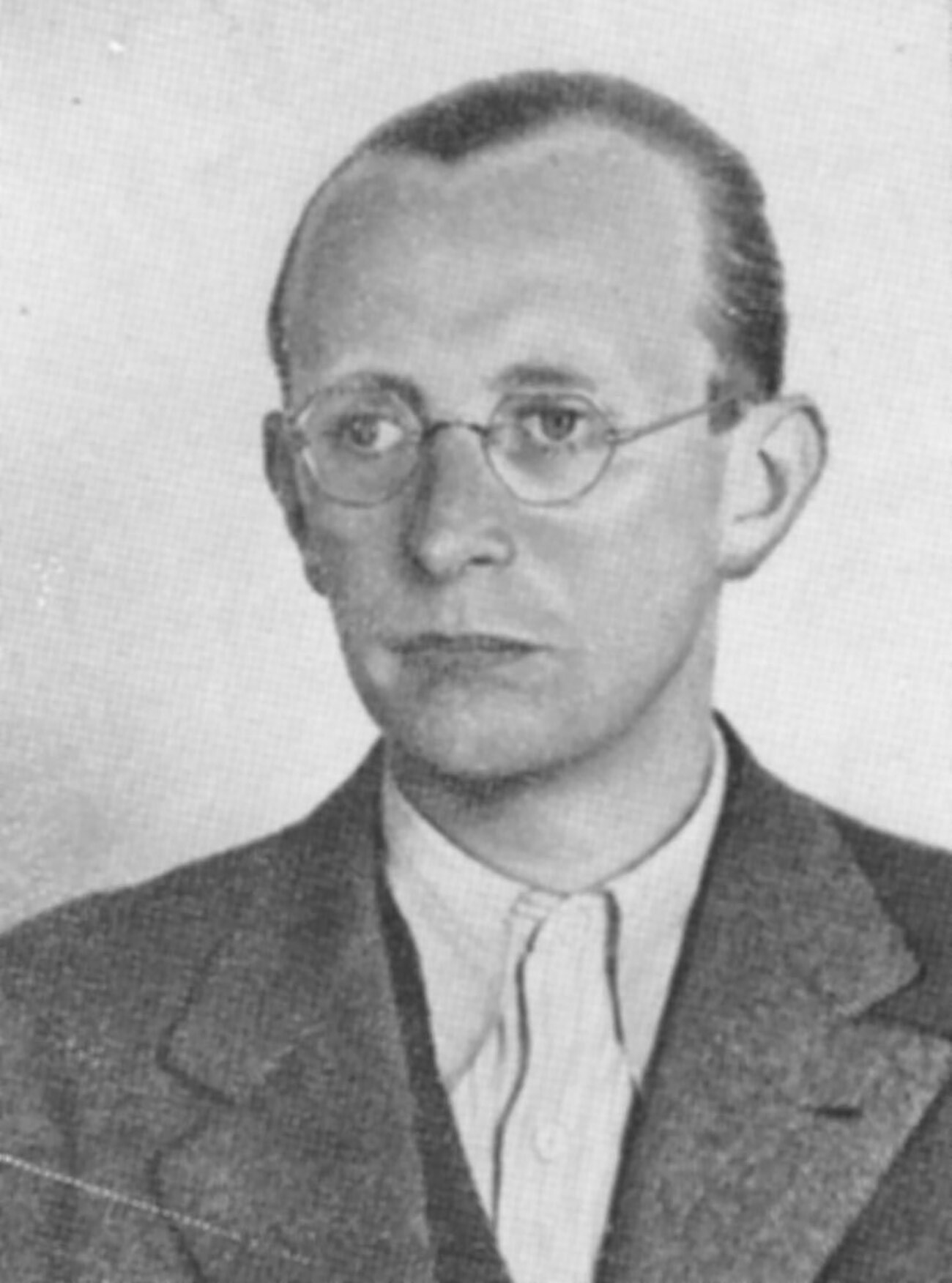
These ‘Nazis’ worked for Soviet intelligence during World War II

Willi Lehmann

Willi Lehmann was a member of the Nazi Party and held a senior position in the Gestapo, the secret state police of the Third Reich. On more than one occasion, SS-Hauptsturmführer Willi Lehmann received high accolades from his superiors for his impeccable service (including a signed portrait of the Führer).
Colleagues referred to Lehmann as a “good-natured uncle”, unaware that, in actual fact, he was one of the most effective Soviet agents in Germany, known in Moscow under the codename ‘Breitenbach’.
Lehmann’s collaboration with the USSR began as early as 1929, when he had served in a Berlin police division. After the Nazis came to power, the collaboration intensified with redoubled force.
“Even today, I don’t doubt for a minute that ‘Breitenbach’ worked [for the USSR] solely for ideological reasons,” intelligence officer Boris Zhuravlyov believed. “Despite being a career police officer, he was an anti-Nazi. Perhaps, even because of it. Moreover, when he found himself in the Gestapo, he could see, from the inside, the extent of the criminality of Hitler’s regime and the misfortunes it brought the German people.”
As head of the group for ‘Combating Communist Espionage’ in the Gestapo, Lehmann warned Moscow about impending arrests of Soviet agents, which made it possible to save many of them. Over time, the area of ‘Breitenbach’s responsibility expanded and he was able to pass to the USSR documents relating not only to the structure and operational principles of the secret police, but also information about the German military industry and even the top-secret rocket program.
In December 1942, Willi Lehmann was exposed and arrested. After interrogations conducted personally by Gestapo chief Heinrich Müller, ‘Breitenbach’ was shot. No-one wanted the shameful publicity the case would have brought and the public was instead told that he had given his life for “the Führer and the Reich”.
Harro Schulze-Boysen

Harro Schulze-Boysen had every opportunity to make a good career for himself in Nazi Germany. He was the great-nephew of famous Admiral Alfred von Tirpitz, while his wife Libertas was friends with the commander-in-chief of the Luftwaffe and one of the leaders of the Third Reich, Hermann Göring.
It was actually Göring who helped Schulze-Boysen get a job at the Reich Aviation Ministry in 1936 without the usual political vetting by the special services. Harro had big problems when it came to vetting - back in his student days, he had openly taken a stand against Hitler.
On starting work for the Nazis, Schulze-Boysen did not change his views, but started to operate more secretively. He managed to forge a group of like-minded individuals, which included his wife and people from various sections of German society. High-ranking colleagues of his from the Luftwaffe, such as Colonel Erwin Gehrts, were also members.
Apart from conducting anti-Nazi propaganda, Harro Schulze-Boysen also worked for Soviet intelligence, with which he had established contact in the mid-1930s. During the Spanish Civil War, agent ‘Starshina’ (Soviet equivalent to ‘Sergeant Major’) passed the plans of German military operations to Moscow and, subsequently, supplied the USSR with information about the state of the Third Reich’s air force. “This fanatic was the driving force behind the entire espionage organization in Germany,” noted the head of German foreign intelligence, Walter Schellenberg, in his memoirs.
In the Summer-Fall of 1942, the Schulze-Boysen group was smashed by the Gestapo. Harro was hanged on December 22 in Berlin’s Plötzensee Prison. His wife Libertas was guillotined an hour later.
Arvid Harnack

The son of a history professor, Arvid Harnack had many accomplishments. After studying at German, English and U.S. universities, he earned doctorates in law and philosophy.
An adherent of communist ideals, Harnack started actively collaborating with Soviet intelligence in 1935 under the codename ‘Korsikanets’ (‘The Corsican’). A glittering career at the Reich Ministry of Economics allowed him to supply Moscow regularly with information on Germany’s trade relations with European and Asian countries and also the funding of the Nazis’ network of foreign agents.
In addition, Harnack sent his handlers information about German preparations for war against the USSR and their plans for the economic exploitation of vast swathes of Soviet territory. In this, he was actively assisted by members of a group he had gathered around him, which included individuals working in the largest German enterprises and economic administrations in the German armed forces.
The Harnack and Schulze-Boysen groups closely collaborated with each other and went down in history under the overall name of ‘Red Orchestra’. It was the term the Gestapo used for all clandestine resistance organizations in Europe whose activities were oriented towards the Soviet Union.
“Money was not a significant consideration for them,” noted Schellenberg. “They didn’t merely work against National Socialism, but, in their world outlook, they had departed from the ideology of the West, which they regarded as hopelessly sick, to such a degree that they only saw the salvation of mankind in the East.”
‘Korsikanets’ shared ‘Starshina’s grim fate. His group was also exposed and, on December 22, 1942, he was hanged at Plötzensee Prison. Harnack’s wife, Mildred, was guillotined on February 16 the following year. Hitler personally replaced her six-year prison sentence with the death penalty.












